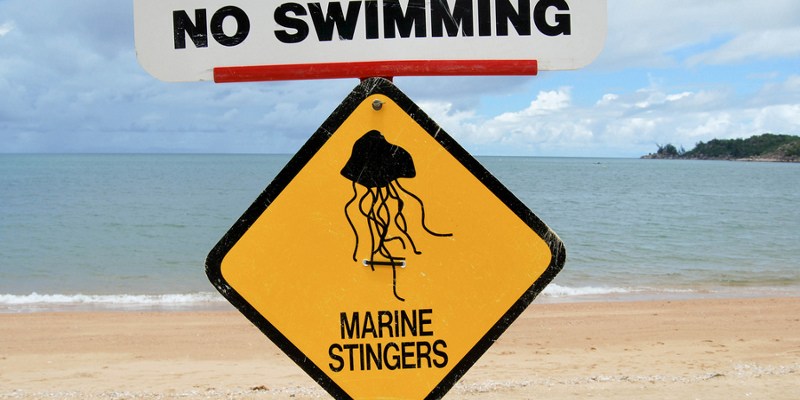Box Jellyfish
Nature’s Most Remarkable and Misunderstood Predator
Graceful, translucent, and armed with one of the most potent venoms in the animal kingdom, the box jellyfish is both a marvel of evolution and a mystery of the sea. Found in warm tropical waters of the Indo-Pacific and northern Australia, this remarkable creature isn’t your typical jellyfish. Its cube-shaped bell gives it precision control as it swims, an ability rare among jellies and its 24 true eyes help it navigate sunlight and shadow with surprising awareness.
At BoxJellyfish.org, we explore every side of this fascinating marine predator, its anatomy, hunting behavior, life cycle, and role in ocean ecosystems. You’ll also learn about human safety, first-aid responses, and the science behind its venom, from the latest research to conservation efforts that protect both people and this extraordinary species.
Dive deeper into the world of the box jellyfish, where beauty, danger, and biology collide beneath the surface.
-

How Long Do Box Jellyfish Live – Box jellyfish lifespan
Lifespan, Life Cycle, and Why They Don’t Live Very Long The box jellyfish (class Cubozoa) is one of the ocean’s most fascinating yet feared creatures. With cube-shaped bells and powerful venom, it drifts through tropical waters in a way that seems effortless—and deadly. But beyond the headlines about stings, there’s another question scientists still explore:…















